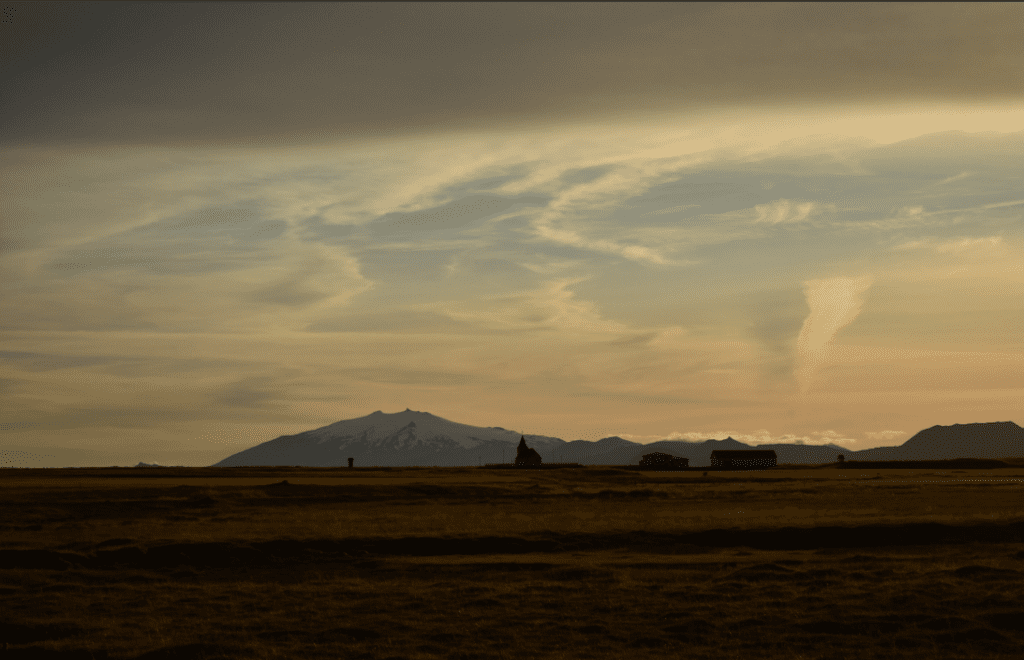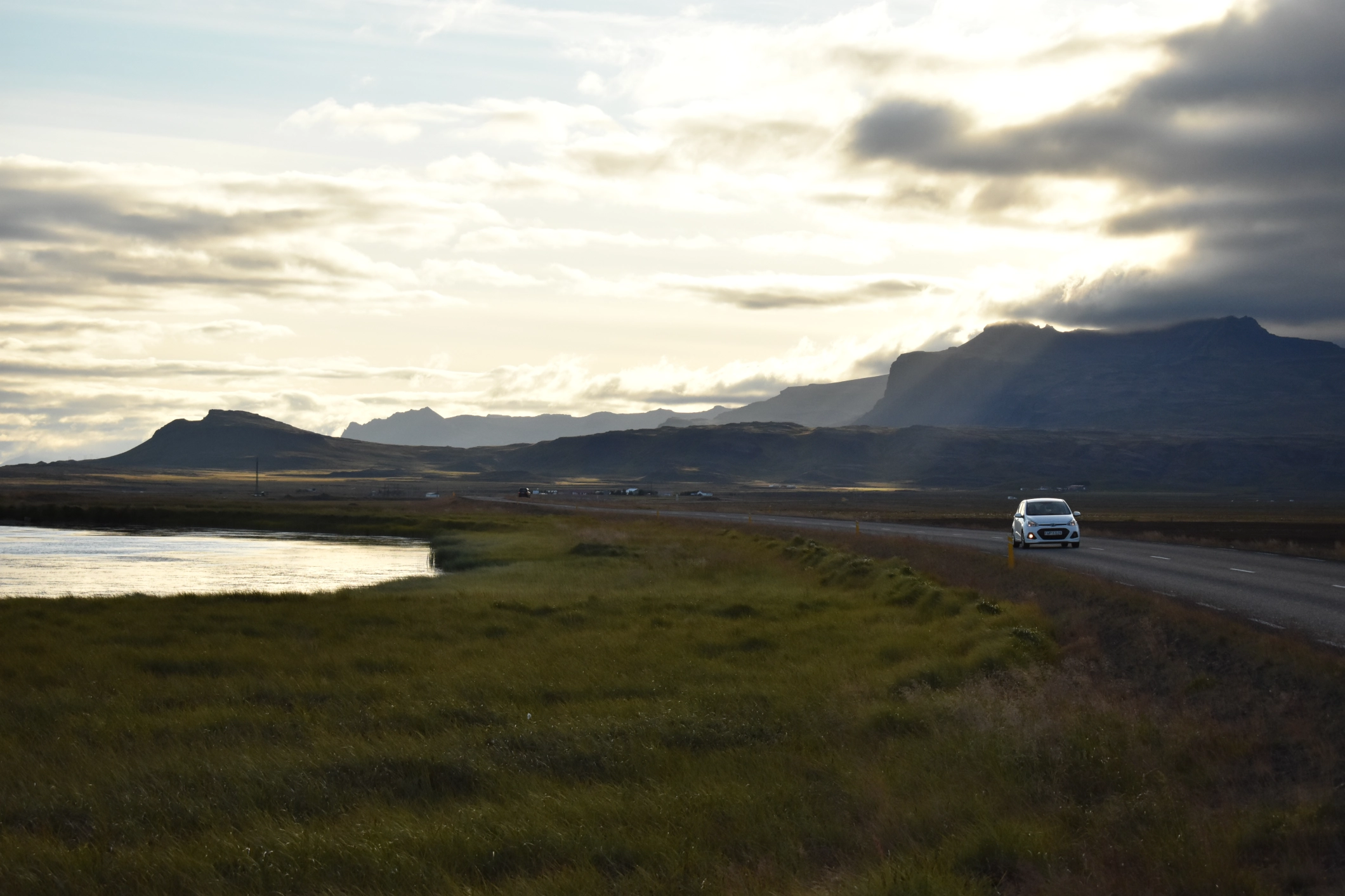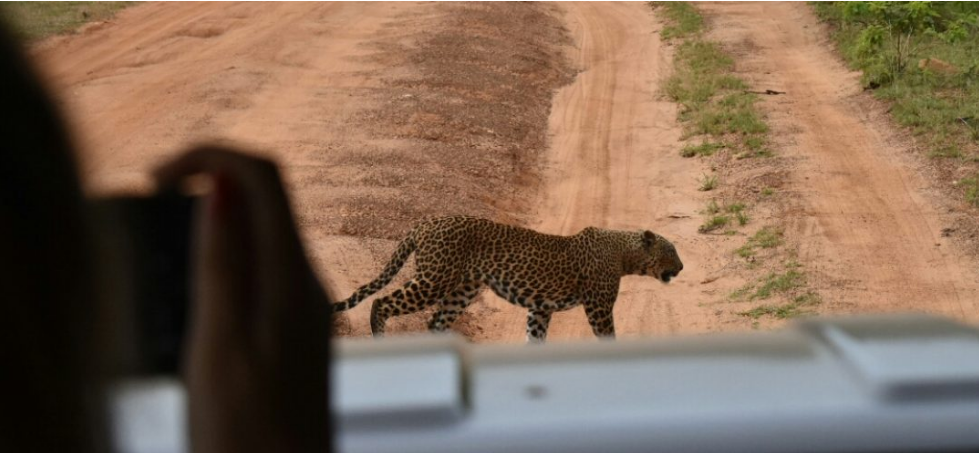The Ultimate Guide to Snaefellsness Peninsula, Iceland

What’s this then?
Snaefellsness is, in my humblest of opinions, Iceland’s best wildlife location. There are two main reasons for this, the first being its two-hours-away location from a certain hub that they call Reykjavik. That means you can skim the highlights in a quick weekend, or maximise your seven-day Icelandair stopover to dig deep and still have time for the Golden Circle on the side. Numero deux is that it contains all of Iceland’s calling-card wildlife, and then some. It’s the second peninsula north of Reykjavik, jutting out quite a distance and with a glacier near the front.
How do I get there?
Hiring a car is the only realistically viable option for getting the most out of this place. Every road by the coast is nicely tarmacked, and the glacier’s gravel road is still passable by 2WD in the summer, if you take it slowly. £60 is a comfortable amount to write down on the pre-emptive bill, though shop around and you might be able to find one for £30/day. Cycling there is an option if you can’t drive, but the Icelandic weather is about as predictable as Theresa May.
What wildlife can I see?
The best thing about Snaefellsness is that there are plenty of points where animals can be seen for free once you have your car. Entry to the national park is free too. Most of the seabirds can only be seen in the summer, so plan accordingly.
- Terns, white birds whose tail feathers are as sharp as their beaks, have gained notoriety among Iceland’s visitors for the fight they put up when defending their nests, though that seems to have become an experience itself. But seriously, don’t get too close; they can draw blood and it’s not exactly polite. If just looking too spot one, spend some time on Reykjavik’s waterfront and one will show up. The village of Rif is home to a huge colony, and terns nest beside the car park and lawns around town. No wonder the place looked deserted. While you’re here, the harbour rocks are an excellent place to photograph fulmars as they swoop in from the sea.
- Stykkisholmur is a good place to see puffins, as they often shoot above or bob on the surface of the sea there. You can usually see them from atop the harbour rock. From there, you can also catch a ferry to Flatey Island, which has a colony. A round trip, which would allow you three hours on the island, would cost £50.
- The cliffs around the peninsula, including those beneath Svortuloft lighthouse at the tip, are home to large colonies of kittiwakes and guillemots, some of which are precariously perched. Divers are quite common around here, and eider ducks are everywhere thanks to being protected, farmed almost, for their feathers – these get collected from their nests and stuffed into duvets.
- Seals can be seen at the beach of Ytri Tunga, on the south coast. Spotting them is no problem if you already know what they look like, and rookies will get the hang of it real quick.
- Whales are on almost every visitor’s mind, if not their plans. The north coast is a great place to spot sperm, killer and humpback whales. They’re a bit more difficult to spot for free, and three hour boat trips cost £75 for three hours. If all you care about is a sighting, follow the usual rules of whale watching from land; a good pair of binoculars, a calm day and the high ground are that recipe for success. Getting a good vantage point is not difficult here, and people have reported decent sightings from Svortuloft. As usual, luck is the bee’s knees here, but boats report more than 90% success rates so they make a good plan B.
- This is probably the second best place in Iceland to spot arctic foxes, the first being the Westfjords. They have been seen around Rif sometimes (presumably, to pick off tern chicks), and the lava fields around Svortuloft – where I was lucky enough to do so. Scouring open areas is probably your best bet, but don’t forget to check the beach; dead seabirds sometimes run aground, and foxes don’t give a tuppenny toss what they eat.
- Non-wildlife related attractions include Stykkisholmur town, full of colourful wooden houses, and Kirkjufellsfoss waterfall, one of those attractions that appears on every Icelandic tourism ad and as a result, the one place on the peninsula I would brand as “touristy”. Going glacier climbing is also an option, involving trekking through volcanic scenery, chilling out (metaphorically speaking) in hot springs and using ice picks and helmets to navigate the steep sides of the ice. Speaking of steepness, did I mention the £260 price tag?
Where do I stay/ eat?
Eating should definitely be limited to food bought from Bonus or Kronan shops, which would run about £140 per week without resorting too much to a survival diet. Be prepared to tell lots of wonga units to hop it out your wallet if eating out, and for there to be sweet Fanny Adam’s left in there after a night of drinking.
There are hostels in Rif, Olafsvik and Stykkisholmur, and in each £32 seems to be the going rate for the lowest of the range, with eight folks to a room. Do ask if there’s a discount for bringing your own sleeping bag, as that seems to be a thing in Iceland. Airbnbs are pretty limited out here, and most go for around £60.




